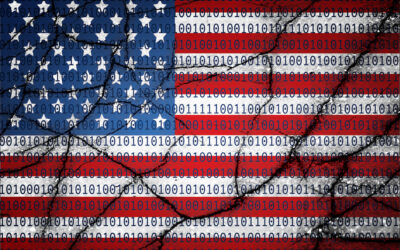
Exclusive Interview: Tracking the U.S. National Intelligence Strategy
SUBSCRIBER+ EXCLUSIVE INTERVIEW – The Office of the Director of National Intelligence (ODNI) is offering some rather overt clues about just how the country’s 18 […] More
“The Cipher Brief has become the most popular outlet for former intelligence officers; no media outlet is even a close second to The Cipher Brief in terms of the number of articles published by formers.” —Sept. 2018, Studies in Intelligence, Vol. 62
Access all of The Cipher Brief’s national security-focused expert insight by becoming a Cipher Brief Subscriber+ Member.
Related Articles

SUBSCRIBER+ EXCLUSIVE INTERVIEW – The Office of the Director of National Intelligence (ODNI) is offering some rather overt clues about just how the country’s 18 […] More

SUBSCRIBER+EXCLUSIVE INTERVIEW – Hostage negotiations are one of the most difficult political issues for a U.S. administration to deal with, particularly in light of a […] More

CIPHER BRIEF REPORTING — On the outskirts of the battle-worn eastern Ukrainian city of Bakhmut, where Russia’s most effective mercenary force once tallied Moscow’s most […] More

Analysis by experts from the Special Competitive Studies Project EXPERT ANALYSIS — In an era of information overload, the rise of AI and machine learning tools, […] More

CIPHER BRIEF REPORTING – Kyiv, Ukraine – Ukrainian President Volodymyr Zelensky recently announced new sanctions against more than 650 individuals and legal entities that the […] More

BOTTOM LINE UP FRONT: A crucial decision by Germany to provide Leopard II main battle tanks to Ukraine and to allow other Leopard-equipped militaries to do […] More
Search